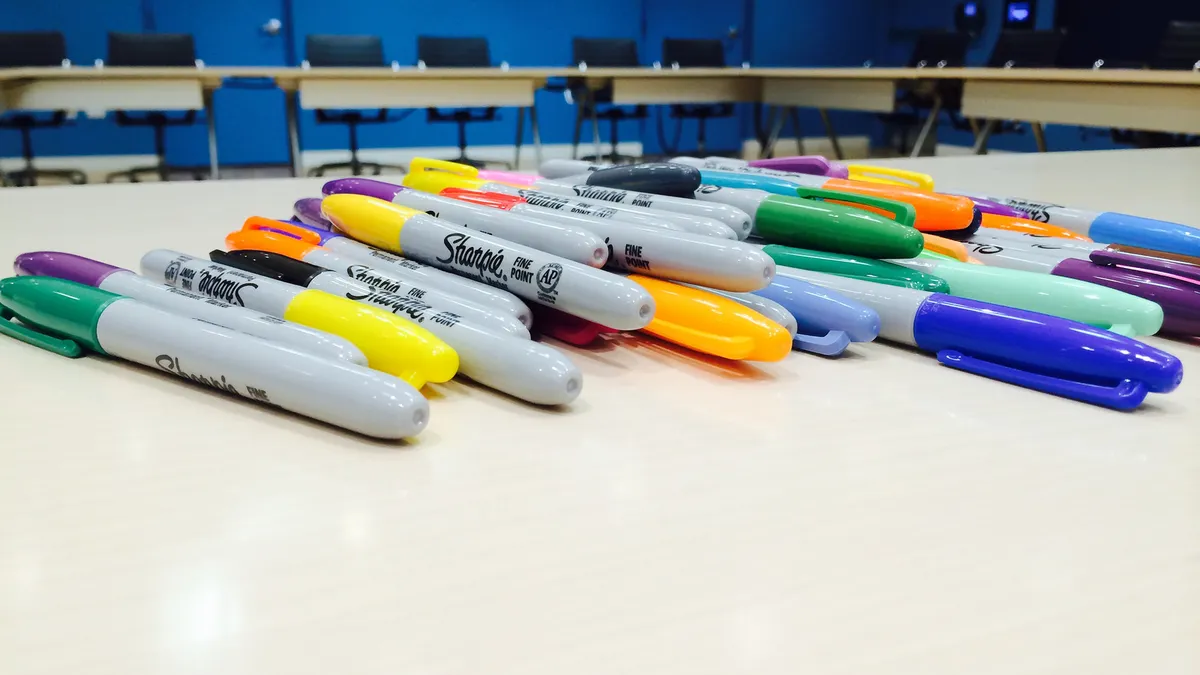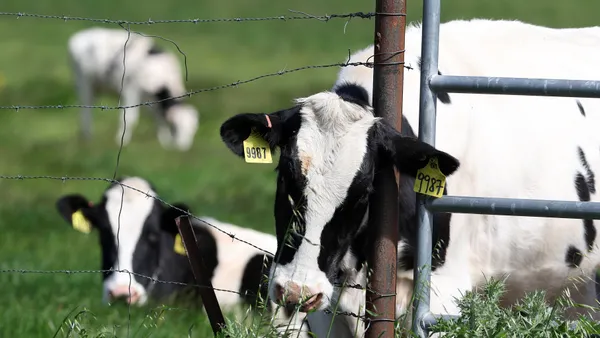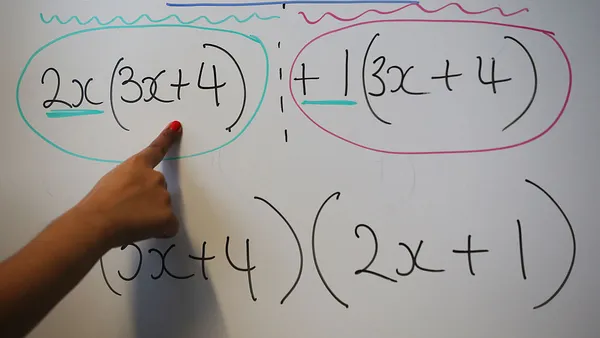Dive Brief:
- The arts provide greater opportunities for students with disabilities, including autism and intellectual disabilities, to be included in classes with their non-disabled peers, but most teachers of the arts don’t have sufficient training in working with these students, according to a recent article by Jenna Gabriel, the manager of special education at The John F. Kennedy Center for the Performing Arts.
- The Every Student Succeeds Act’s emphasis on providing students with a well-rounded education also creates a chance for district and school leaders to look at how they can support arts teachers with professional development on students with disabilities.
- Gabriel writes that most arts education programs only offer preservice teachers one course on special education and that only about a quarter of arts teachers in schools have had college coursework on teaching students with special needs.
Dive Insight:
The article notes that this summer, directors of arts education programs at the Berklee College of Music in Boston and the Moore College of Art and Design in Philadelphia — both of which include working with special needs as part of their teacher preparation programs — will hold a convening for faculty members and develop recommendations on how higher education institutions can increase future teachers’ skills in this area.
In an earlier report from the Kennedy Center, Juliann Dorff of Kent State University describes an effort to give preservice arts teachers the opportunity to plan lessons, teach them in collaboration with an arts teacher and learn from intervention specialists in local schools. “Exposure to and experience with special needs students helps develop teacher efficacy in preservice teachers,” she writes.
In 2014, the Kennedy Center also released guidelines for how arts teachers can help students with disabilities have access to a curriculum that meets the Core Arts Standards. The document says that arts teachers are most likely to be successful working with students with special needs with school leaders and teachers “maintain high expectations for student performance, school-wide intervention systems address the needs of struggling learners, inclusion and collaborative teaching occurs so that students receive needed special education supports in general education classrooms, and organizational structures and professional development target the needs of special education students.”















